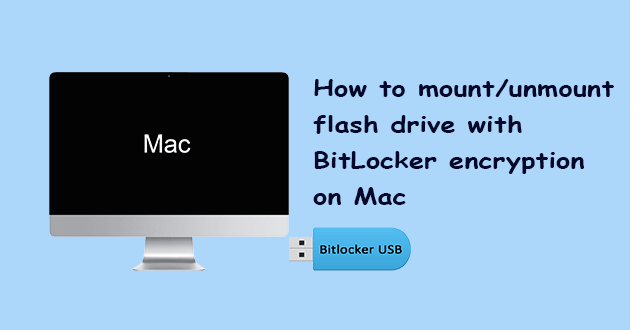

- #Unmount drive systemrescuecd how to
- #Unmount drive systemrescuecd install
- #Unmount drive systemrescuecd Pc
- #Unmount drive systemrescuecd iso
Menuentry " Mint 17 Mate 32bit iso - this is just a title. And to be on the safe side, run fsck from the console (no X). It is also smaller than typical OS liveCDs. # menu entries you want to add after this comment. Try booting another liveCD - I recommend SystemRescueCD that is designed specifically for solving problems with linux installations. # This file provides an easy way to add custom menu entries. Go to the bottom of the file, where you see: Open /boot/grub/grub.cfg as root, in your text editor. (- edit for the correct source directory and. Sudo mv ~/Downloads/linuxmint-17-mate-dvd-32bit.iso /boot/ iso file from your Downloads directory into the /boot directory. You must have a working linux OS using Grub 2. iso From Your Hard D rive Using Grub2 - with no DVD or USB List of the most important tools for a data recovery and system repair which comes with the SystemRescue distribution can be found here.How To Boot a Mint. If you need to start a GUI ( Graphical User Interface), run: $ startx It needs an unmounted partition to benchmark properly. SystemRescueCd is a bootable disk that will help to restore the operating system in case of a failure and. … you may need to disable the “Secure Boot” in your BIOS settings.Īfter booting from the SystemRescue USB drive, by default you’ll be dropped into a standard Linux shell prompt. sudo mount -o loop,exec /path/to/systemrescuecd-x86-x.y.z.iso /media/temp. Allows for recouping files on CD for Windows. If while trying to boot from the recovery USB drive you are getting something like:

If you have a problem booting, you just stick your bootable media in your computer and attempt to use the included tools to help fix it.
#Unmount drive systemrescuecd Pc
Replace mount point with the name of the directory you used as the mount point when you mounted the drive. What Is SystemRescue SystemRescue is a live Linux distro that's meant for rescuing unbootable PC systems. When the status changes to READY – close the Rufus and eject the USB stick. To unmount the drive, type mountvol mount point /d in the Command Prompt and press Enter. Select a USB drive, select the SystemRescue image that you should have already downloaded, tick the “Quick format” box to speedup the bootable USB creation process and click on “START”:ĭuring preparation you may be asked for a couple of questions – in the most cases it is preferable to keep the recommended options.
#Unmount drive systemrescuecd install
Created Recovery USB Drive on Windowsĭownload and install a Rufus ( Reliable USB Formatting Utility with Source) on Windows or just download and run a portable version that doesn’t require installation. Linux Recovery USB Creationĭownload the latest version of the SystemRescue image from the official download page.
#Unmount drive systemrescuecd how to
In this note i will show how to create a bootable rescue USB stick with a SystemRescue (also known as a SystemRescueCD) – a Linux-based rescue toolkit for administrating and repairing of the Windows and Linux-based systems and data recovery. At an elevated command prompt, run the following command to reduce the size of the image file: Windows Command Prompt. They are especially useful for troubleshooting of the boot-related issues and for data recovery. You can use DISM to reduce the footprint of a Windows image by cleaning up superseded components, resetting the base of the superseeded components, and then exporting the image to a new image file. Rescue and recovery disks are used for repairing a system and data after a crash on Linux and Windows devices.


 0 kommentar(er)
0 kommentar(er)
